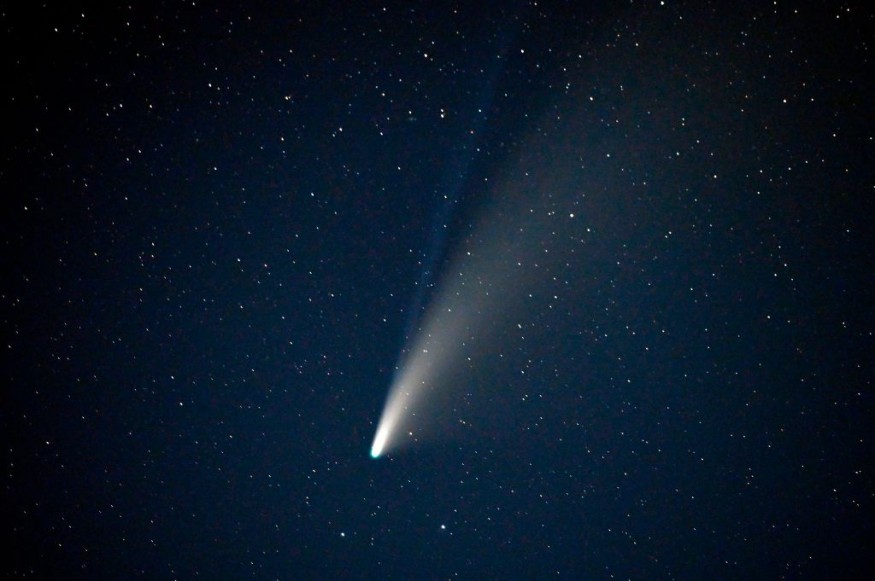The Christmas comet will be visiting the skies of our planet soon. The best part is that just a simple optic device, like binoculars, could help anyone catch the appearance of the said comet.
C/2021 A1, or most commonly known as Leonard or Christmas comet, will be presenting one of the last, greatest shows on the skies this December. The comet is considered an icy interloper that originated from regions past the borders of the solar system. Like many other comets, Leonard will pass by the backyard of our system and will reach points near the sun before flying back again into the void of deep space. The Christmas comet will most probably pass to Earth and the sun once after its thousands-of-year travel to reach our skies and the perihelion.
C/2021 A1 Leonard

There are speculations revolving around the state of the Leonard comet. One of the concerns is that the Christmas comet might scatter the space after breaking apart. However, there is no conclusive evidence that supports the claim. When Leonard passes through Earth peacefully, it will brighten the night sky. Because of the immense glow that the comet will produce, even optic devices with low settings could capture the light show.
The Christmas comet has already reached the closest point to our planet last December 12. But even if Leonard dimmed a bit, it could still be seen with just a pair of binoculars from an open environment with dark skies.
The last phase of Leonard's comet's appearance on Earth would be seen from the countries in the southern hemisphere. In Australia, the streak of the comet would be visible just before it descends toward the sun.
Byron Bay's astronomy and astrophotography expert Dykan O'Donnell said in an ABC News report that they expect the Christmas comet to put on a good show. The expert added that Leonard is anticipated to present the best year-end astronomical experience alongside the lunar eclipse.
C/2021 A1 will reach its closest point to Venus today (December 18). After bidding the Earth goodbye, it will start swooshing through the face of Venus at 1 PM AEDT. According to ti the report, University of Southern Queensland astronomy expert Jonti Horner said that the distance between Leonard's closest point and the surface of Venus would measure at just 4 million kilometers.
How to Catch Last Show of Leonard Comet in 2021
The expert added that there are chances that the Christmas comet would pass through some of the space dust and create a meteor shower exclusively for Venus. Meanwhile, our perspective will show Leonard at the western horizons of Venus. The comet will be seen right after the sun sets on Australia. This will be the first and last appearance of Leonard after 35,000 years of traveling in space.
To check out the comet, observers must wait for the exact time as the twilight ends, as the sun and the comet will compete for brightness at the same moment. The best place to observe the Christmas comet is in an area far from city lights and a clear view of the cosmic horizon.
Although the moon will appear clear on the skies, O'Donnell said that it would not disrupt much of the viewing experience as it will appear on the east, opposing the western location of the comet. The expert added that the closer it gets to Venus, Leonard's brightness will contrast more to the darkness of the space. It will reach higher on our skies over consecutive nights, and eventually lines up to the left of Jupiter when Christmas hits the calendar.
O'Donnell explained in the report that any camera would help catch the Christmas comet as long as the exposure of the device is set to 800 ISO, with a wider aperture, and starting at a 2-second exposure. If perfected, the photograph will also capture the tail and green comet head of Leonard. To ensure that the full details of the comet will be seen, any 200mm telephoto lens is suitable to use.
Check out more news and information on Space in Science Times.












